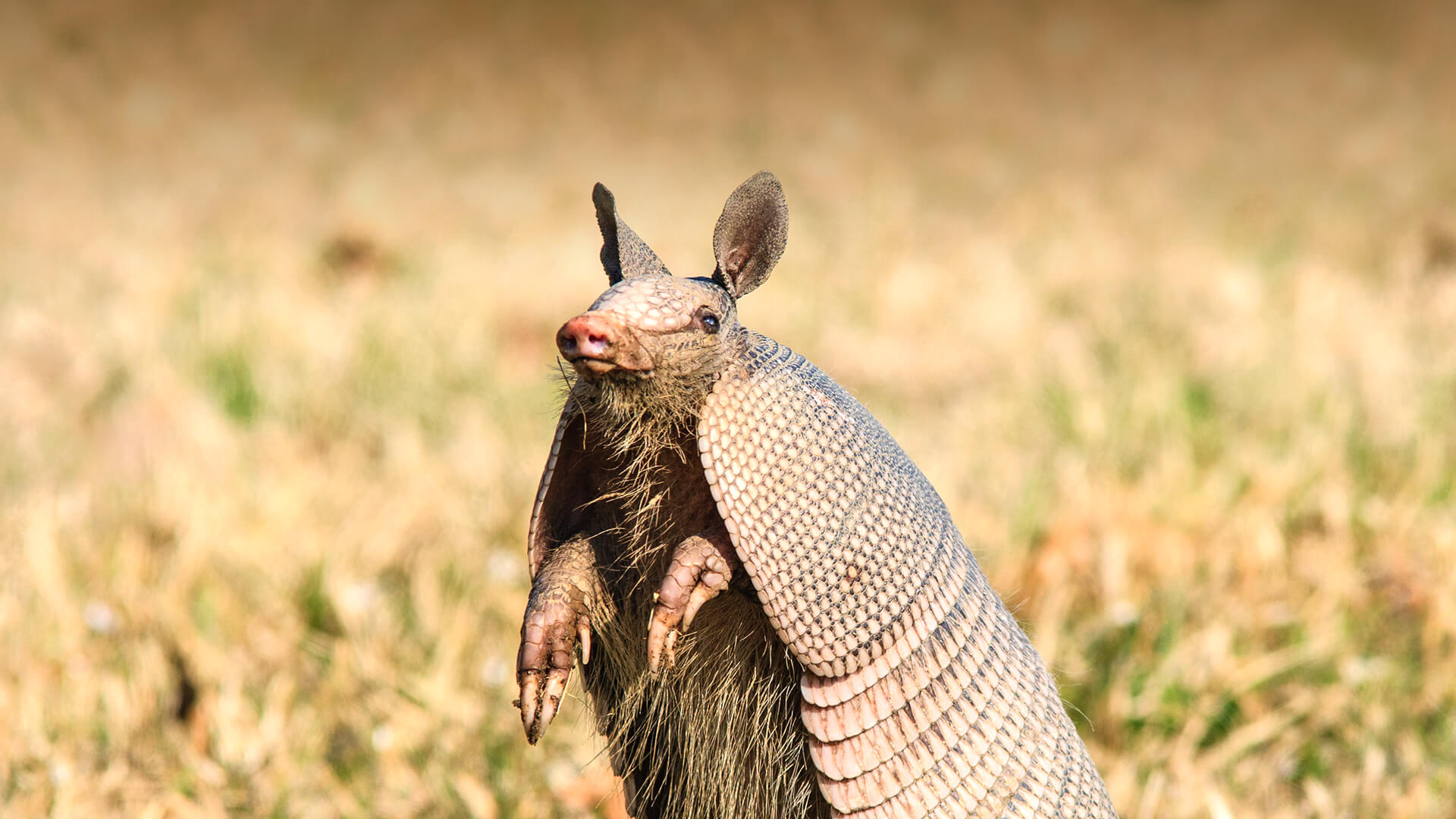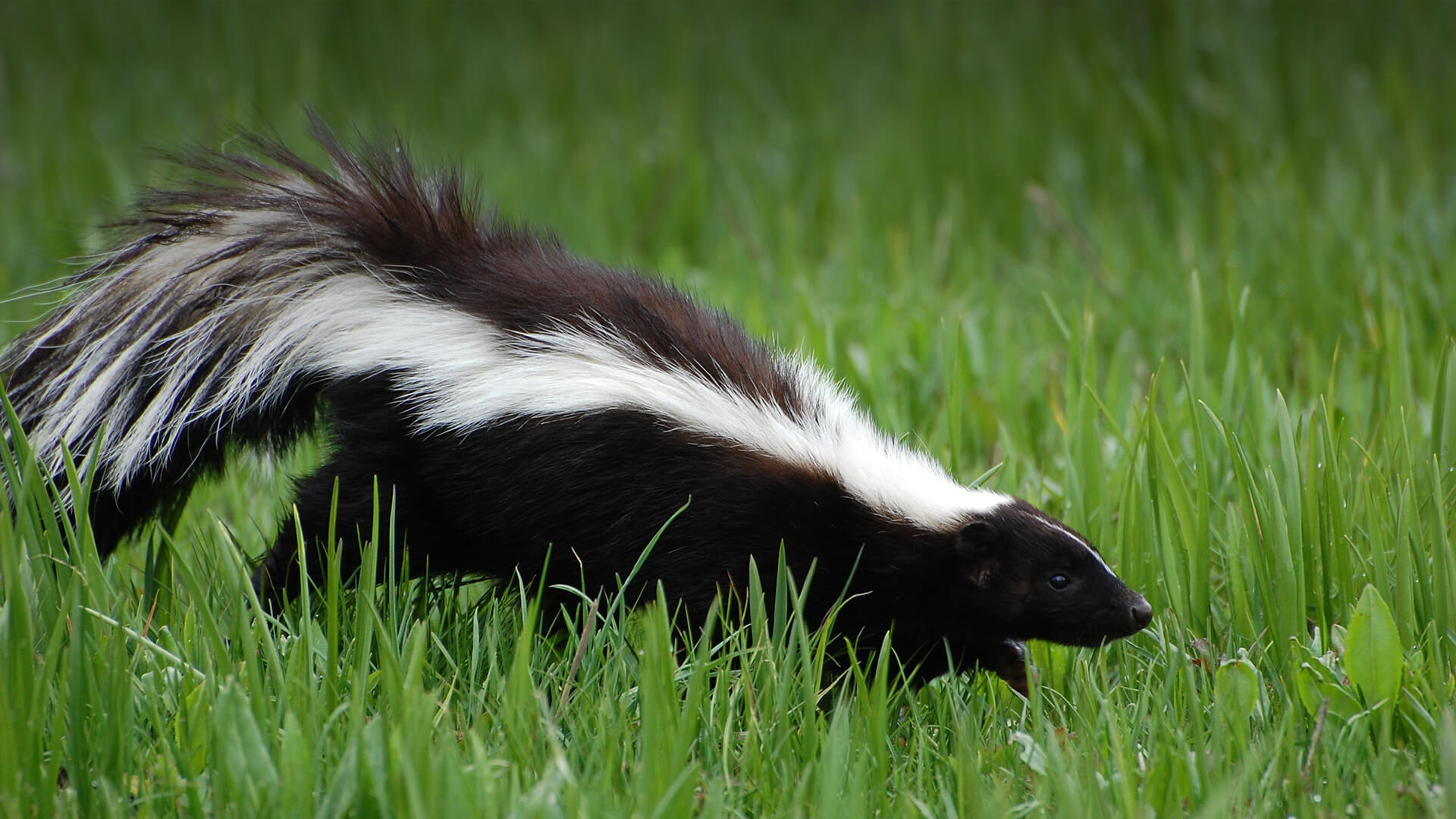Home>Production & Technology>Sound>What Do Fox Sound Like


Sound
What Do Fox Sound Like
Published: December 17, 2023
Discover what foxes sound like and learn more about the unique vocalizations they use to communicate in the wild. Explore the intriguing world of fox sounds and their role in their natural habitat.
(Many of the links in this article redirect to a specific reviewed product. Your purchase of these products through affiliate links helps to generate commission for AudioLover.com, at no extra cost. Learn more)
Table of Contents
Introduction
Foxes are fascinating creatures known for their cunning and intelligence. These agile mammals belong to the Canidae family, which also includes wolves and domestic dogs. With their distinctive fiery red coats and bushy tails, foxes have captured the imagination of people throughout history.
Aside from their physical appearance, one notable aspect of fox behavior is their vocal repertoire. Foxes use a variety of sounds to communicate with each other and assert their presence in their territory. From eerie screams to sharp barks, the sounds emitted by foxes can be both captivating and unnerving.
In this article, we will delve into the world of fox vocalizations and explore the unique sounds that these cunning creatures produce. We will examine the different types of vocalizations made by various species of foxes, from the iconic scream of the red fox to the bark of the gray fox and the haunting howl of the Arctic fox.
By gaining a better understanding of fox sounds, we can appreciate the fascinating ways in which these creatures communicate and navigate their environments.
Fox Sounds: An Overview
Foxes are highly vocal animals, using a range of sounds to communicate with their fellow foxes and other creatures in their surroundings. These sounds serve various purposes, such as marking territory, attracting mates, warning of danger, and maintaining social bonds within their pack.
The vocalizations of foxes can be categorized into different types, each with its own distinct meaning and context. These include screams, barks, howls, whines, and growls. Each species of fox has its own unique set of vocalizations, adding to the diversity and complexity of their communication system.
It is important to note that fox vocalizations can vary depending on the situation and the individual fox’s age and gender. For example, a fox may emit a different sound when it is alarmed compared to when it is engaging in play or mating behavior.
Understanding the various fox sounds is not only intriguing but can also be useful for wildlife enthusiasts, researchers, and even pet owners. By recognizing and interpreting these vocalizations, we can gain valuable insights into fox behavior and better appreciate their role in the ecosystem.
In the following sections, we will explore some of the most common fox vocalizations in more detail, shedding light on their significance and the circumstances in which they are used.
The Fox’s Vocal Repertoire
Foxes possess a wide range of vocalizations, allowing them to effectively communicate in diverse situations. Their vocal repertoire consists of a combination of distinctive calls, each serving a specific purpose.
Despite their reputation for being mostly silent, foxes can produce an array of sounds, from loud and shrill screams to sharp and rapid barks. These vocalizations are primarily used for territorial defense, mating rituals, and social interactions within their pack.
It’s worth noting that foxes are highly adaptable animals, capable of adjusting their vocalizations based on the environment and the presence of other foxes or potential threats. This variability adds depth and complexity to their communication system.
Furthermore, individual foxes may have unique vocalizations that help them establish their identity and maintain social cohesion within their pack. These individual variations can be influenced by factors such as age, gender, and individual personality traits.
Fox vocalizations are not limited to specific times of the day or year. However, certain vocalizations, such as mating calls, are more prevalent during the breeding season, which typically occurs in late winter or early spring.
In the following sections, we will explore some of the most common vocalizations emitted by different species of foxes, including the iconic scream of the red fox, the bark of the gray fox, and the haunting howl of the Arctic fox. Understanding these vocalizations provides a glimpse into the fascinating world of fox communication and behavior.
Common Fox Vocalizations
Foxes have a diverse range of vocalizations that serve various purposes in their everyday lives. Let’s explore some of the most commonly heard and recognized fox vocalizations:
- Screams: The piercing and eerie scream of a fox is perhaps one of the most distinct and recognizable sounds in the animal kingdom. This high-pitched scream, often associated with the red fox, is primarily used during the mating season to attract potential mates. It can be an intense, hair-raising sound that echoes through the night.
- Barks: Foxes also produce sharp barks that can be heard in a variety of situations. These barks serve as an alarm call to alert other foxes of potential danger or to communicate with their pack members. They can range from rapid, repetitive barks to single, forceful barks depending on the circumstances.
- Howls: Similar to their canine relatives, foxes are capable of emitting haunting howls. The Arctic fox, in particular, is known for its deep, mournful howl. Howling can be a territorial display or a way for foxes to communicate with neighboring individuals or packs. It can carry over long distances and serves as a means of establishing boundaries.
- Whines: Foxes also produce soft whining sounds, which are usually associated with submissive behavior or communicating with their young. These gentle, pleading sounds help maintain social bonds within the fox family unit.
- Growls: When faced with a threat or engaged in aggressive interactions, foxes can emit low, guttural growls. These growls are a clear warning to predators or rival foxes to stay away and signify a readiness to defend their territory.
It is important to note that while these vocalizations are commonly associated with foxes, there can be variations in the sounds produced by different species and individual foxes. The pitch, duration, and intensity of the vocalizations can also vary depending on the context and the fox’s emotional state.
Next, we will delve into the specifics of some of these vocalizations, starting with the iconic scream of the red fox.
The Scream of the Red Fox
One of the most distinctive and unforgettable vocalizations produced by foxes is the scream of the red fox (Vulpes vulpes). This piercing and eerie scream is often associated with the mating season, which typically occurs from December to February.
The scream of the red fox is an intense and haunting sound that can be heard during the night, carrying across long distances. It has been described as a combination of a baby’s cry, a woman’s scream, and a high-pitched screeching noise. The sound is unmistakable and can send chills down your spine.
The primary purpose of the red fox’s scream is to attract potential mates. It is primarily emitted by female foxes, known as vixens, to advertise their receptiveness to male foxes, called dogs. Male foxes respond to the screams of females by emitting their own vocalizations, which can include barks and howls.
During the mating season, the red fox’s screams can be heard frequently, especially during the night. This vocalization serves as a signal to males that the female may be ready to mate. The intensity and frequency of the screams can vary depending on the female’s receptiveness and the number of males present in the area.
It is important to note that while the scream of the red fox is commonly associated with mating behaviors, it can also be heard in other situations. Foxes may emit screams when they are startled, in pain, or when they feel threatened by a predator or intruder in their territory. These screams serve as a warning and a means of self-defense.
Overall, the scream of the red fox is a remarkable vocalization that demonstrates the ingenuity of these cunning creatures. Its haunting tones and eerie quality have made it a subject of fascination and curiosity for humans throughout history.
Next, let’s move on to explore another vocalization, the bark of the gray fox.
The Bark of the Gray Fox
The bark of the gray fox (Urocyon cinereoargenteus) is another distinct vocalization that is commonly heard in their habitats. Unlike the piercing scream of the red fox, the bark of the gray fox is sharper and more rapid in nature.
The bark is a versatile vocalization used by gray foxes for a variety of purposes. One of its primary functions is to serve as an alarm call, alerting other foxes in the area to potential threats or danger. When a gray fox senses danger, it emits a rapid series of barks that can be heard for some distance.
The bark of the gray fox can also be used for communication within the pack. Foxes can recognize individual characteristics in each other’s barks, allowing them to identify members of their social group and maintain cohesion within their pack.
In addition to alarm calls and communication, the bark of the gray fox can also be heard during territorial disputes. When two rival foxes come face to face, they may engage in a vocal battle of barks, each trying to assert their dominance and establish their territory.
Interestingly, the bark of the gray fox has been noted to vary in different regions. Some studies suggest that there are regional dialects among populations of gray foxes, with slight variations in the pitch, duration, and rhythm of their barks.
Overall, the bark of the gray fox serves as an effective means of communication, allowing these foxes to navigate their environment, warn of potential threats, and maintain social bonds within their pack.
Next, we will explore the haunting howl of the Arctic fox.
The Howl of the Arctic Fox
The Arctic fox (Vulpes lagopus), also known as the white fox or polar fox, is a majestic creature with a distinct and haunting howl. This vocalization is often associated with the vast snowy landscapes of the Arctic region.
The howl of the Arctic fox is a deep and mournful sound that carries over long distances. It is typically a solitary vocalization, used by individuals to communicate with neighboring foxes or potential intruders. The howl can serve as a territorial display, warning other foxes to keep their distance.
Arctic foxes are highly adaptable and have a remarkable ability to survive in harsh and frigid environments. Their howling behavior is believed to have developed as a means of communicating over long distances in this vast and often barren landscape. The howl can help establish boundaries between individuals or packs, preventing unnecessary conflicts and competition for resources.
Interestingly, the howl of the Arctic fox has been observed to vary depending on the individual and the circumstances. Some howls may be shorter and more abrupt, while others can be more prolonged and melodic. The pitch and intensity of the howl can also change depending on the fox’s emotional state and the purpose of the vocalization.
Like other fox vocalizations, the howl of the Arctic fox can also be heard during the mating season when males and females communicate their presence and receptiveness to potential mates. It is a poignant and melancholic sound that evokes the beauty and solitude of the Arctic landscape.
The howl of the Arctic fox is not only a mesmerizing vocalization, but it also serves as a vital part of their communication system, allowing these resilient creatures to survive and thrive in their icy habitat.
Now that we have explored some of the iconic vocalizations of specific fox species, let’s move on to discuss other sounds and modes of communication observed in foxes.
Other Fox Sounds and Communication
In addition to the distinct vocalizations discussed earlier, foxes utilize a range of other sounds and modes of communication to express themselves and interact with their surroundings. These include whines, screams, growls, and various body language cues.
Whines are soft, gentle sounds emitted by foxes, often used to communicate with their young or as a submissive behavior during interactions with dominant individuals. These whines help maintain social bonds within the fox family unit, fostering a sense of cohesion and cooperation.
In situations of distress, foxes may emit screams or screeches that serve as a warning signal to potential predators or to other foxes in the area. These distress calls can serve as a means of self-defense and are often accompanied by other defensive behaviors such as arching the back and puffing up the fur.
When engaged in confrontations or territorial disputes, foxes may growl as a means of asserting their dominance and establishing boundaries. The low, guttural growls communicate a clear message of aggression and readiness to defend their territory.
Aside from vocalizations, foxes also use body language to convey messages. They can raise their tail upright when feeling confident or threatened, while a lowered tail indicates submission. Ears can be pricked forward in an alert position or flattened against the head in moments of fear or aggression.
It’s important to mention that foxes are adaptive creatures and their vocalizations may vary depending on factors such as age, gender, and individual personality traits. Environmental conditions and social contexts also play a role in shaping their communication patterns.
By understanding the range of sounds and non-verbal cues used by foxes, we can gain insights into their behavior and better appreciate their complex social dynamics. It highlights the remarkable adaptability and intelligence of these cunning mammals.
As we conclude our exploration of fox sounds and communication, it becomes evident that these vocalizations are not just mere noises, but an integral part of the intricate world of foxes.
Conclusion
Foxes, with their cunning nature and distinctive physical features, are fascinating creatures that have captivated human attention for centuries. Their vocal repertoire adds an additional layer of intrigue, as they use a variety of sounds to communicate and navigate their environments.
From the piercing screams of the red fox during the mating season to the sharp barks of the gray fox as an alarm call, and the haunting howls of the Arctic fox signaling territorial boundaries, each species of fox has its own unique vocalizations that serve specific purposes.
These vocalizations are not limited to specific times or contexts. They can vary depending on the situation, individual foxes, and their surroundings. The sounds emitted by foxes can convey emotions, establish dominance, maintain social bonds, and alert others to potential threats.
Understanding and appreciating the vocal repertoire of foxes provides us with valuable insights into their behavior and their role within the ecosystem. Whether we are wildlife enthusiasts, researchers, or simply have an admiration for these magnificent creatures, exploring their vocalizations adds depth and richness to our understanding of their world.
So, the next time you find yourself in a forest or hear a piercing scream in the night, remember that it may be the remarkable sound of a fox, communicating in its own unique way.
Let us continue to marvel at the sounds and communication of foxes, a testament to the beauty and diversity of the natural world.











